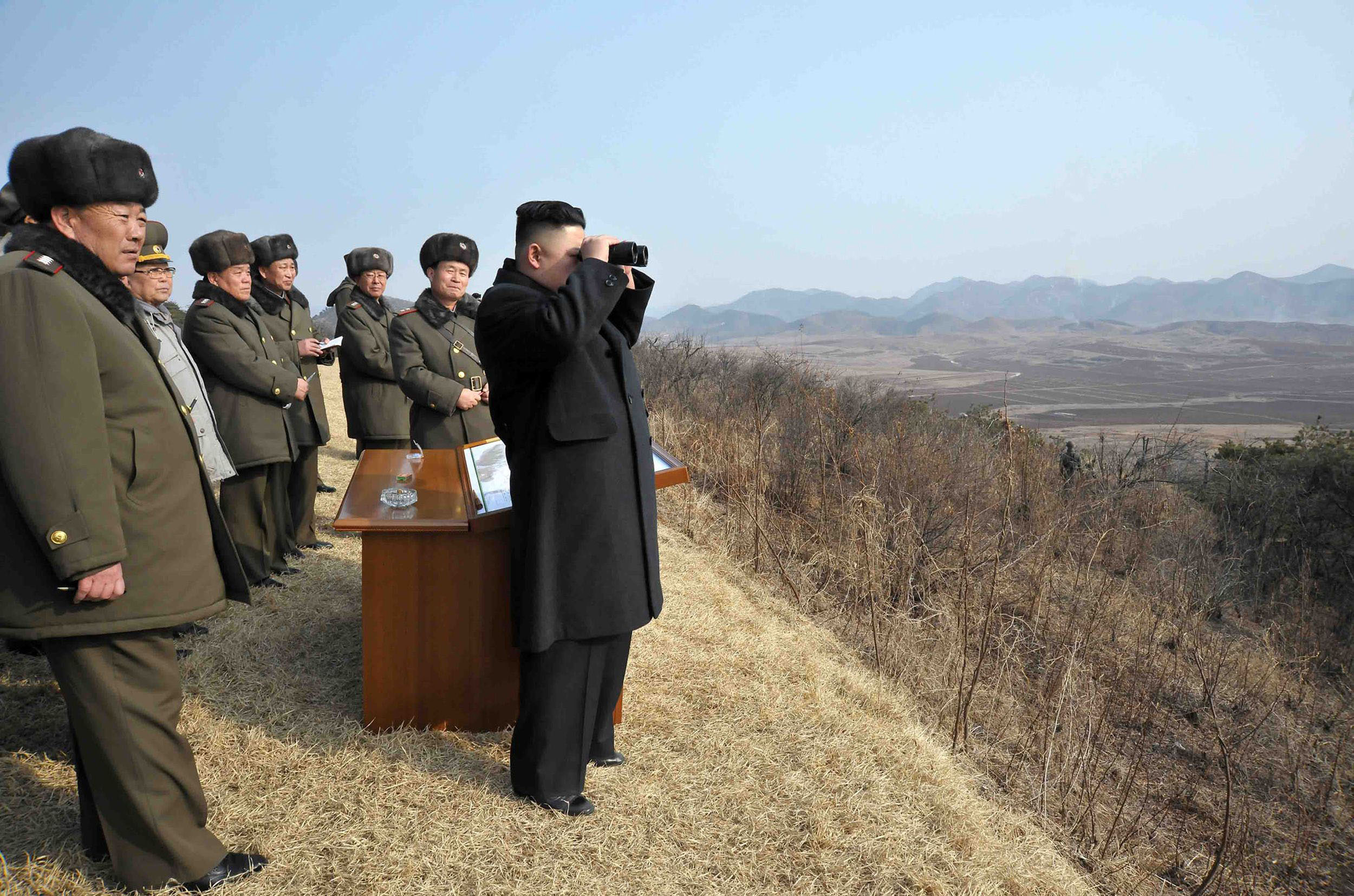It's a dangerous, unpredictable world. Twice in January Chugoku no gunkan (中国の軍艦, Chinese warships) in the Higashi Shina Kai (東シナ海, East China Sea) challenged Japan's Kaijo Jieitai (海上自衛隊, Maritime Self Defense Forces, MSDF) patrols in a manner deemed kyōiteki (脅威的, threatening). And on Feb. 12 came North Korea's kaku jikken (核実験, nuclear test).
Comments by Japanese leaders conveyed alarm and urgency. Of the actions taken by the Chinese 軍艦, Defense Minister Itsunori Onodera said, "Taihen ijō na koto de ippo machigau to taihen kiken na jōkyō ni ochiiru" (「大変異常なことで一歩間違うと大変危険な状況に陥る」"This [behavior] is highly abnormal; one slight misstep can land us in an extremely dangerous situation"). Regarding North Korea's 核実験, Prime Minister Shinzo Abe said, "Wagakuni no anzen ni taisuru jūdai na kyōi de, kokuren anzen hoshō rijikai no ketsugi ni meikaku ni ihan suru" (「我が国の安全に対する重大な脅威で、国連安全保障理事会の決議に明確に違反する」, "This is a grave threat to our country's security and a clear violation of U.N. Security Council resolutions").
The two East China Sea incidents, which Onodera kōhyō shita (公表した, made public) on Feb. 5, occurred on Jan. 19 and Jan. 30. The technical terminology common to both is shageki yō no kaki kansei rēdā wo shōsha shita koto (射撃用の火器管制レーダーを照射したこと, locking fire-control radar on a target). The first target was an MSDF helicopter, the second a goeikan (護衛艦, escort vessel). What this means precisely would require expert knowledge to grasp. The simple explanation is that the procedure is buki shiyō ni chokketsu suru (武器使用に直結する, directly linked to the use of arms). It's an ominous gesture rendered positively isshoku sokuhatsu (一触即発, explosive) by the geographical setting — in the vicinity of the Senkaku islets possessed by Japan but claimed by China. China calls them Diaoyu.

















With your current subscription plan you can comment on stories. However, before writing your first comment, please create a display name in the Profile section of your subscriber account page.